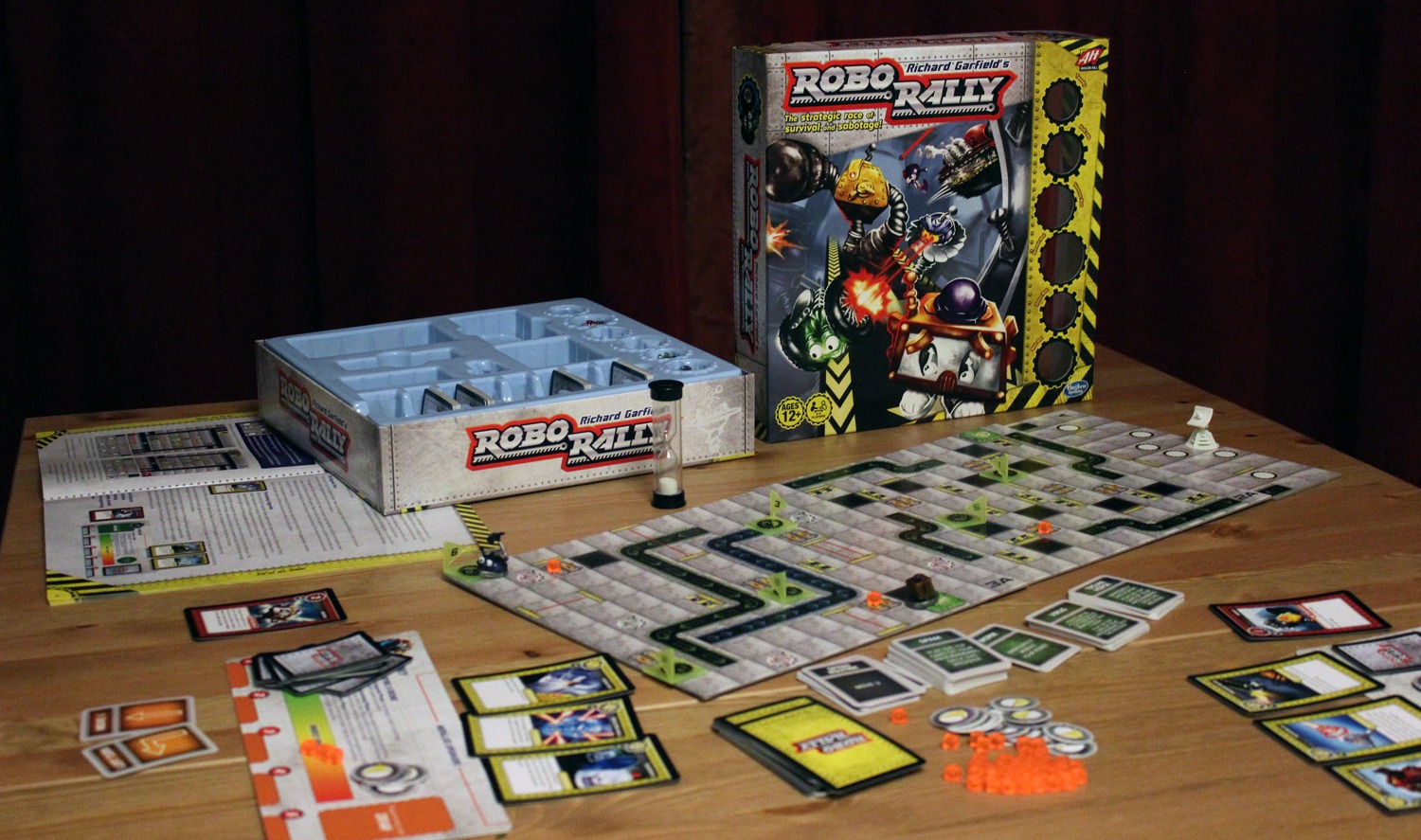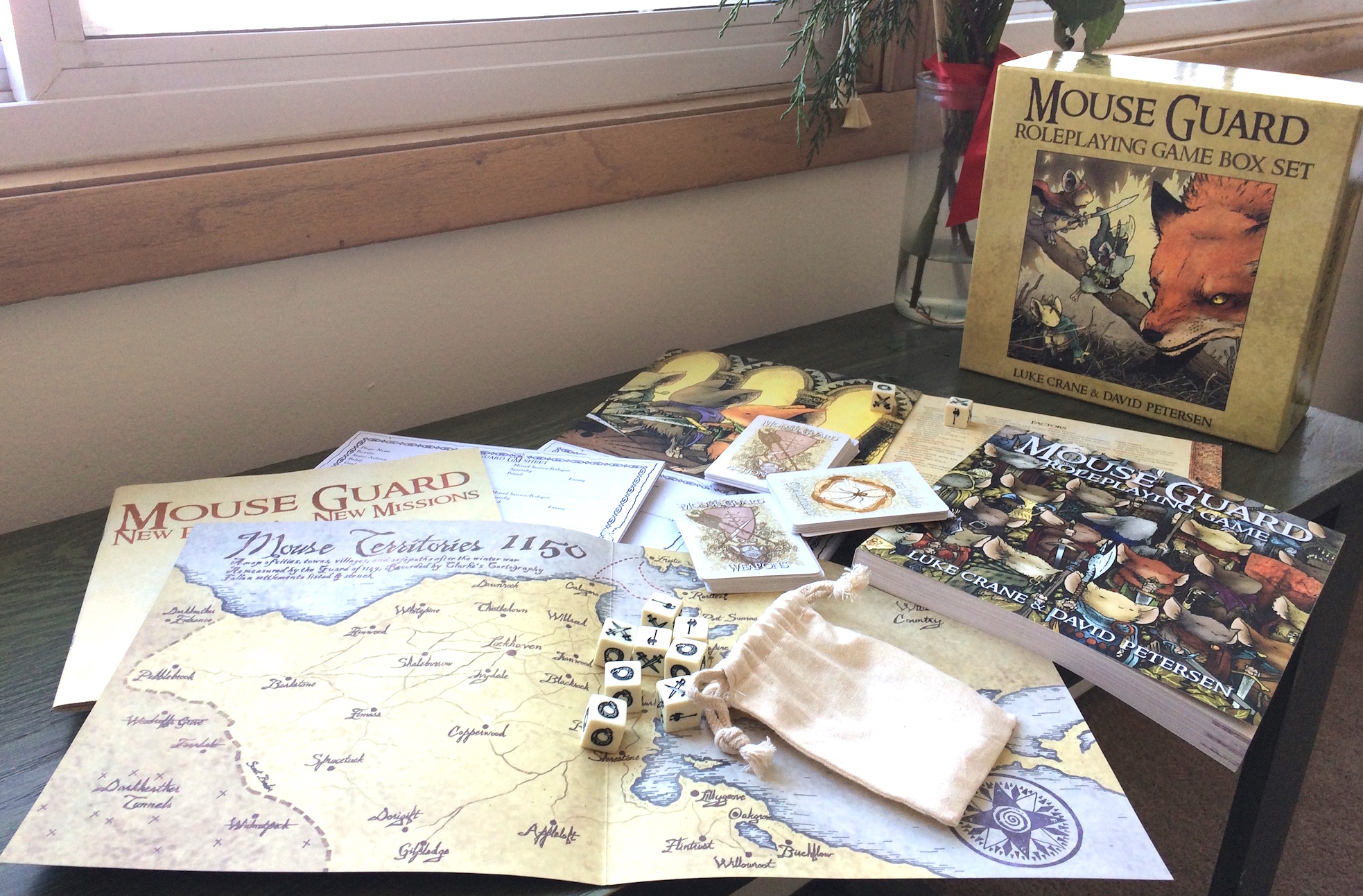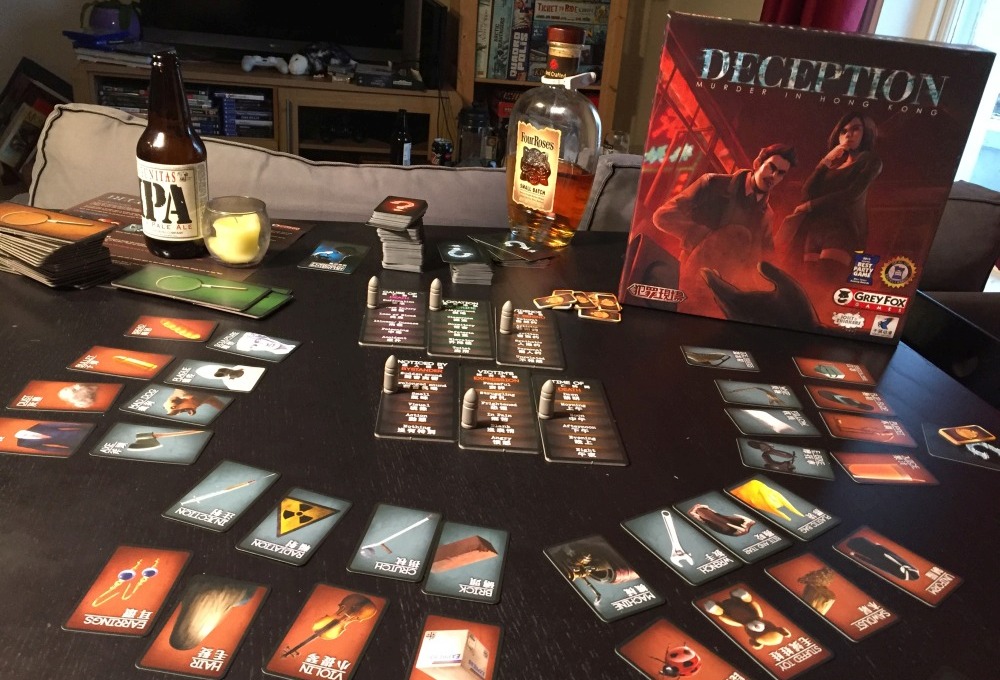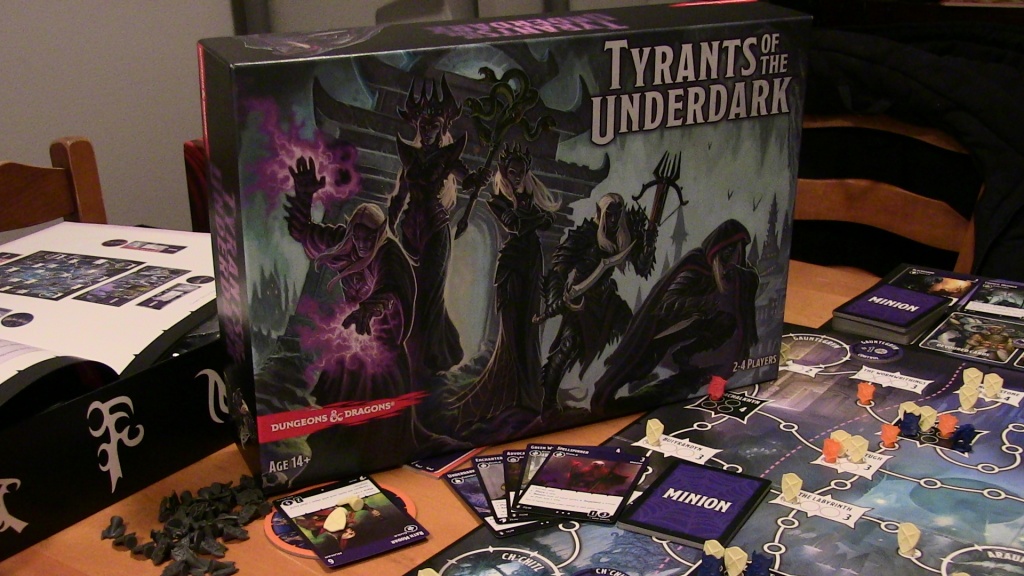Quinns: Oof, reviews don’t get much tougher than this.
I’ve just finished playing an advance copy of Terminal Directive, the most dramatic expansion that Android: Netrunner has ever received. This big box introduces not just a campaign to the superlative cyberpunk card game, but the dramatic “Legacy” elements that you might remember from Pandemic: Legacy. As the story unfolds players open new packs of cards, but also destroy cards and cover them with stickers.
Best of all, Terminal Directive is a long-awaited stepping stone for new Netrunner players! Previously if you bought the core set and liked it, you then faced the intimidating proposition of simply starting to buy up Netrunner’s forty-two expansion packs. Now you can buy the core set, and then enjoy Terminal Directive’s campaign, and then – erm – begin buying forty-two expansion packs.
There’s just one problem. After being a zealous advocate for this game for years on end, today I don’t play Netrunner anymore. Let’s talk about why.










